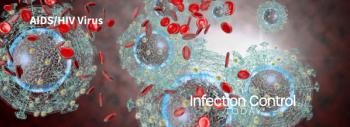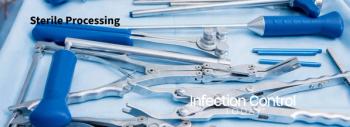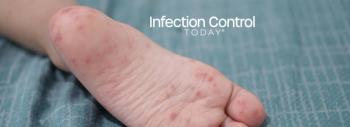
3M Submits 510k Application for 24-Minute Vaporized Hydrogen Peroxide Biological Indicator System
3M announces that it has filed for 510(k) clearance with the Food and Drug Administration (FDA) for an additional patent for its Attest™ Rapid Readout Biological Indicator (BI) System for vaporized hydrogen peroxide sterilization (VH202) to provide BI test results in just 24 minutes. Pending clearance, the 24-minute results will offer the fastest BI readout on the market for VH202 sterilization and make the practice of every load monitoring increasingly feasible.
“Every minute counts when it comes to patient safety,” said Cindy Kent, president and general manager of the 3M Infection Prevention Division. “Central sterile departments deserve simple and effective solutions to help minimize the risk of hospital acquired infections from surgical instruments. Faster BI readout times can increase feasibility to monitor every sterilization load, providing the ultimate confidence that every patient receives safe and sterile equipment.”
A 24-minute delivery would be a significant advancement over 3M’s previous market-leading time of four hours, achieved with the 2016 release of 3M™ Attest™ Rapid Readout Biological Indicator System for VH202. 3M scientists maintained continued focus on software enhancements, following the launch, with the goal of speeding up readout time.
Pending clearance, 3M will have the most comprehensive BI processing portfolio available across all three sterilization modalities commonly used in healthcare facilities worldwide – VH202, steam, and ethylene oxide. Complete and connected sterilization solutions allow department managers to bring consistency to sterilization practices and create a standard release policy. Consistency can also simplify training, reduce workflow errors, and increase compliance with protocols – all of which contribute to increased patient safety.
3M and Attest are trademarks of 3M Company.
Source: 3M
Newsletter
Stay prepared and protected with Infection Control Today's newsletter, delivering essential updates, best practices, and expert insights for infection preventionists.






